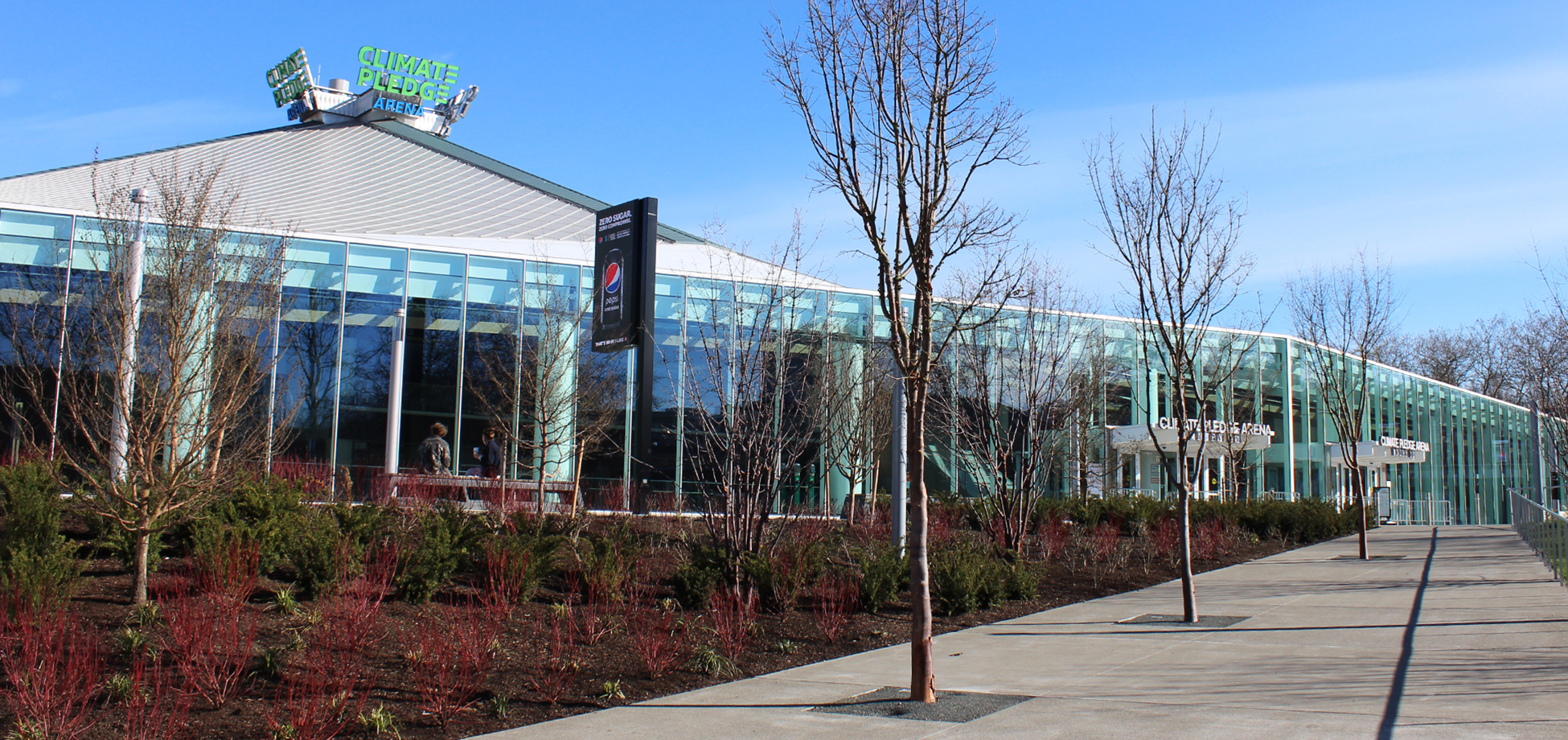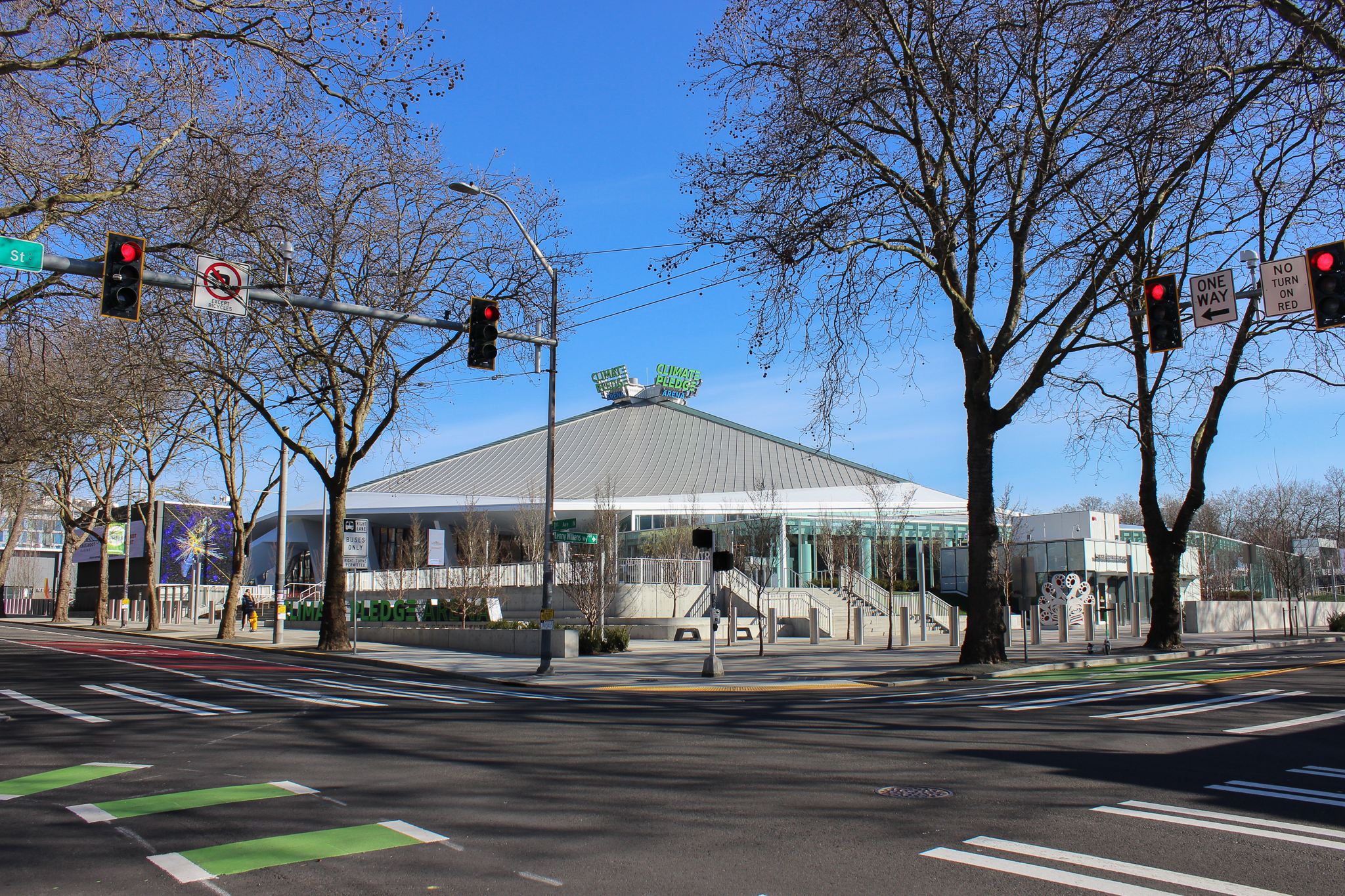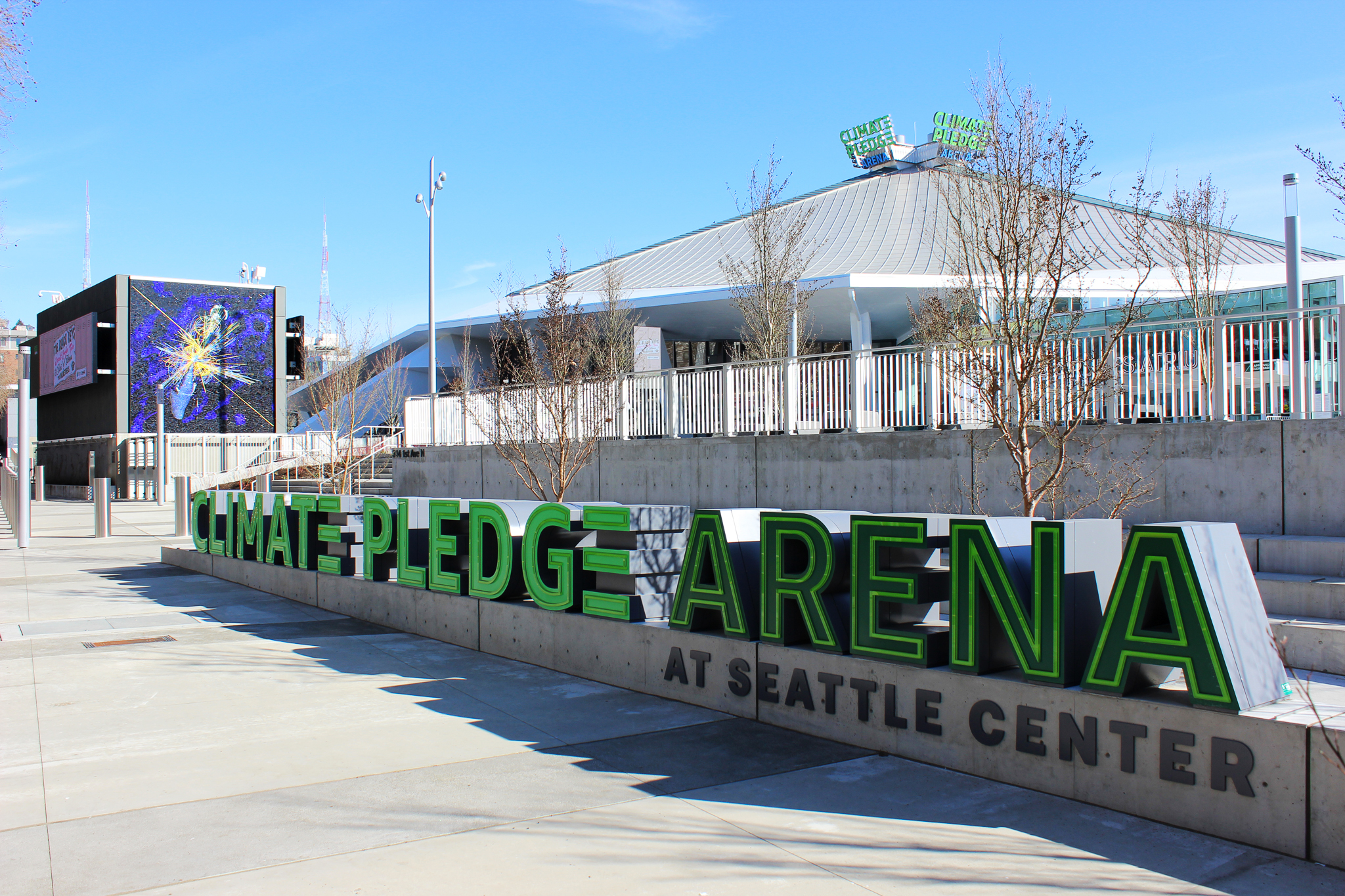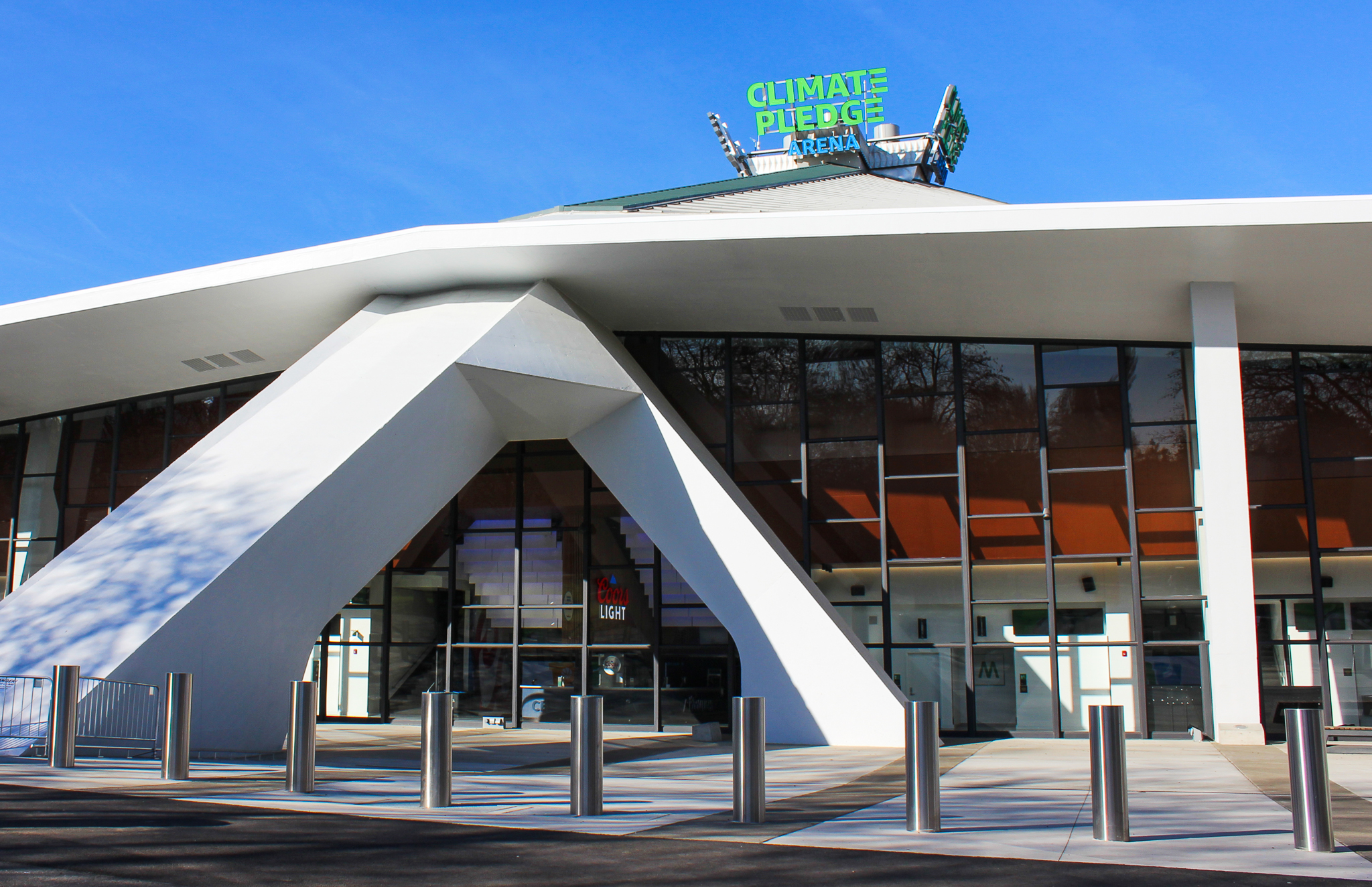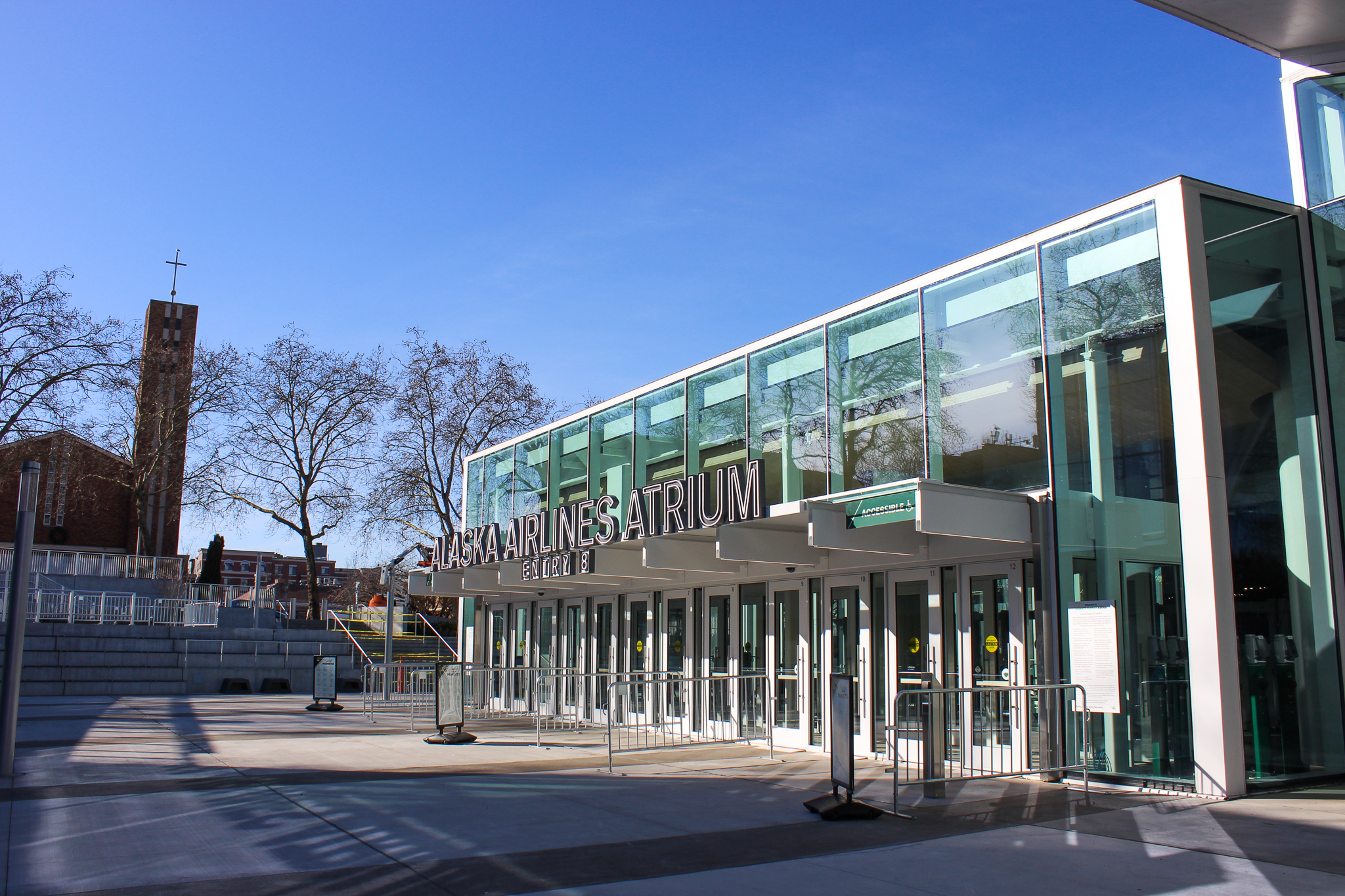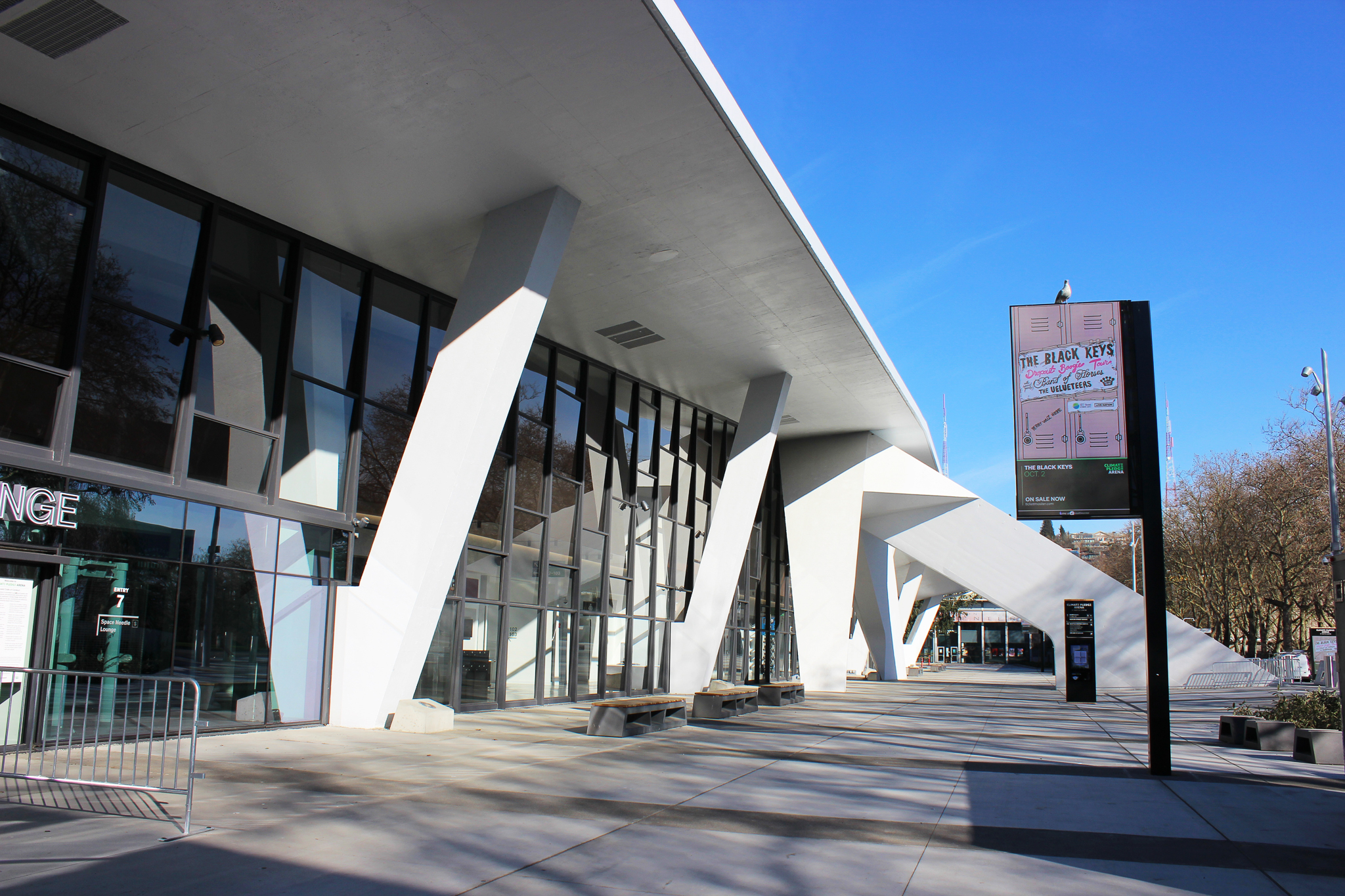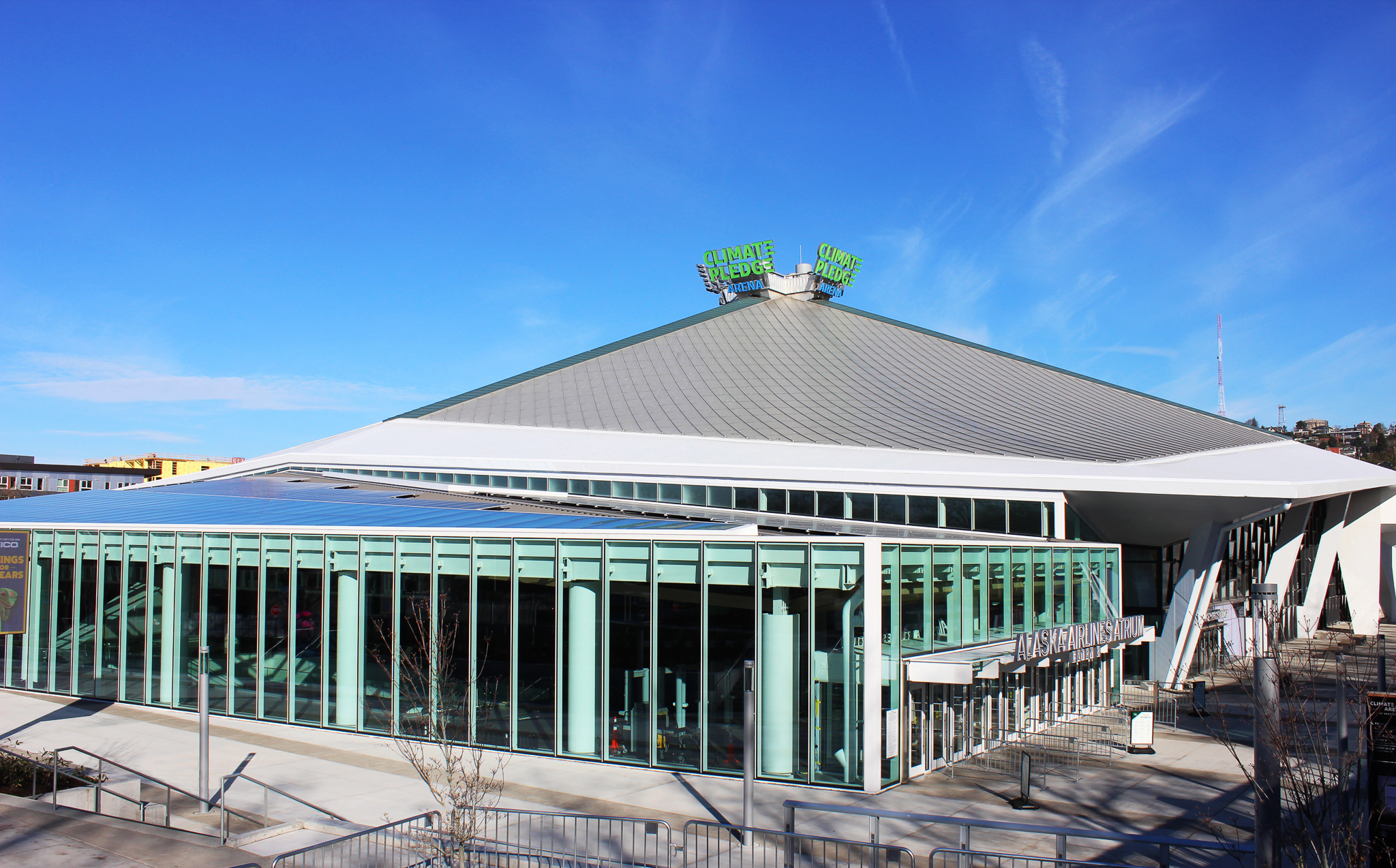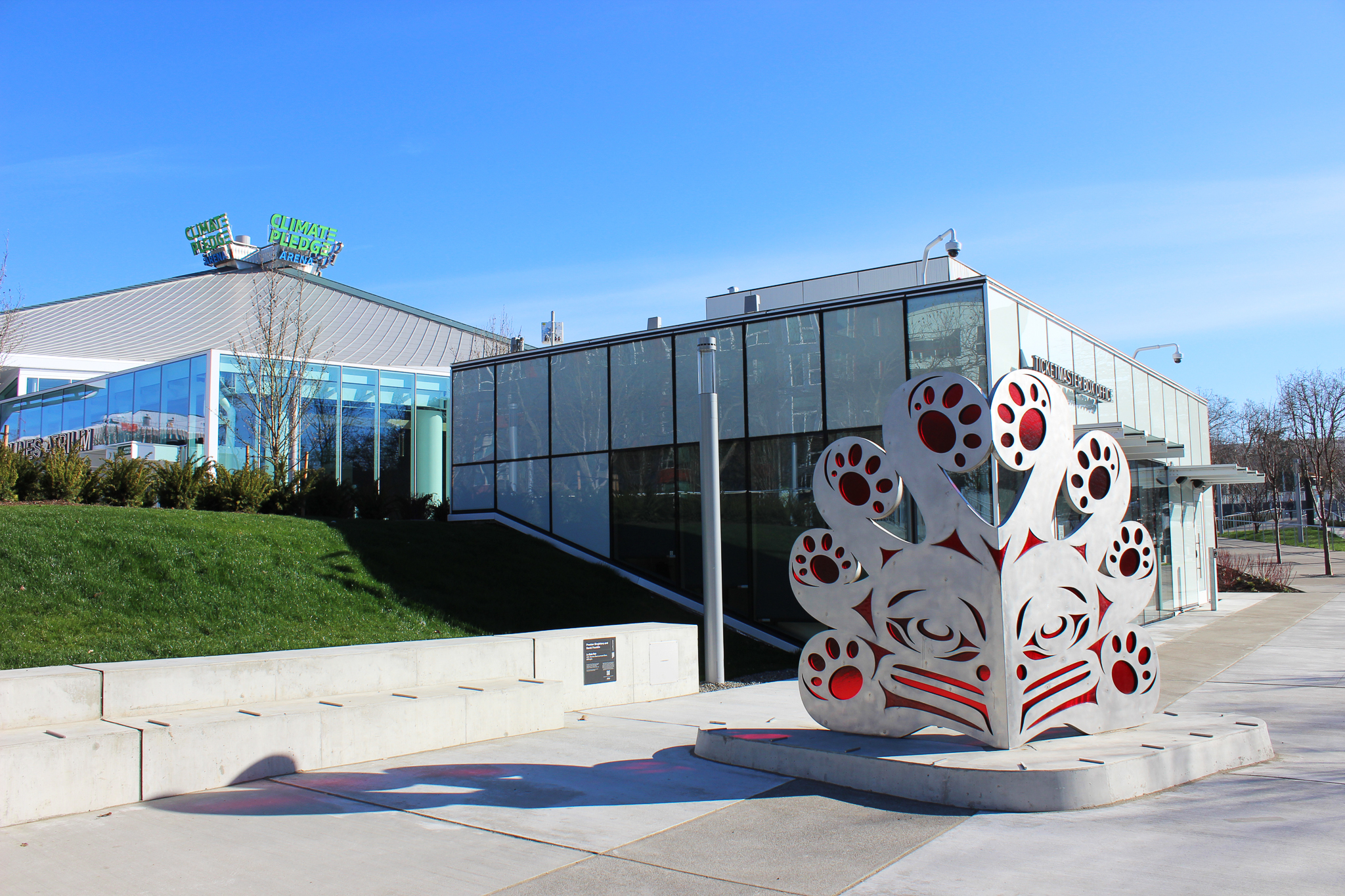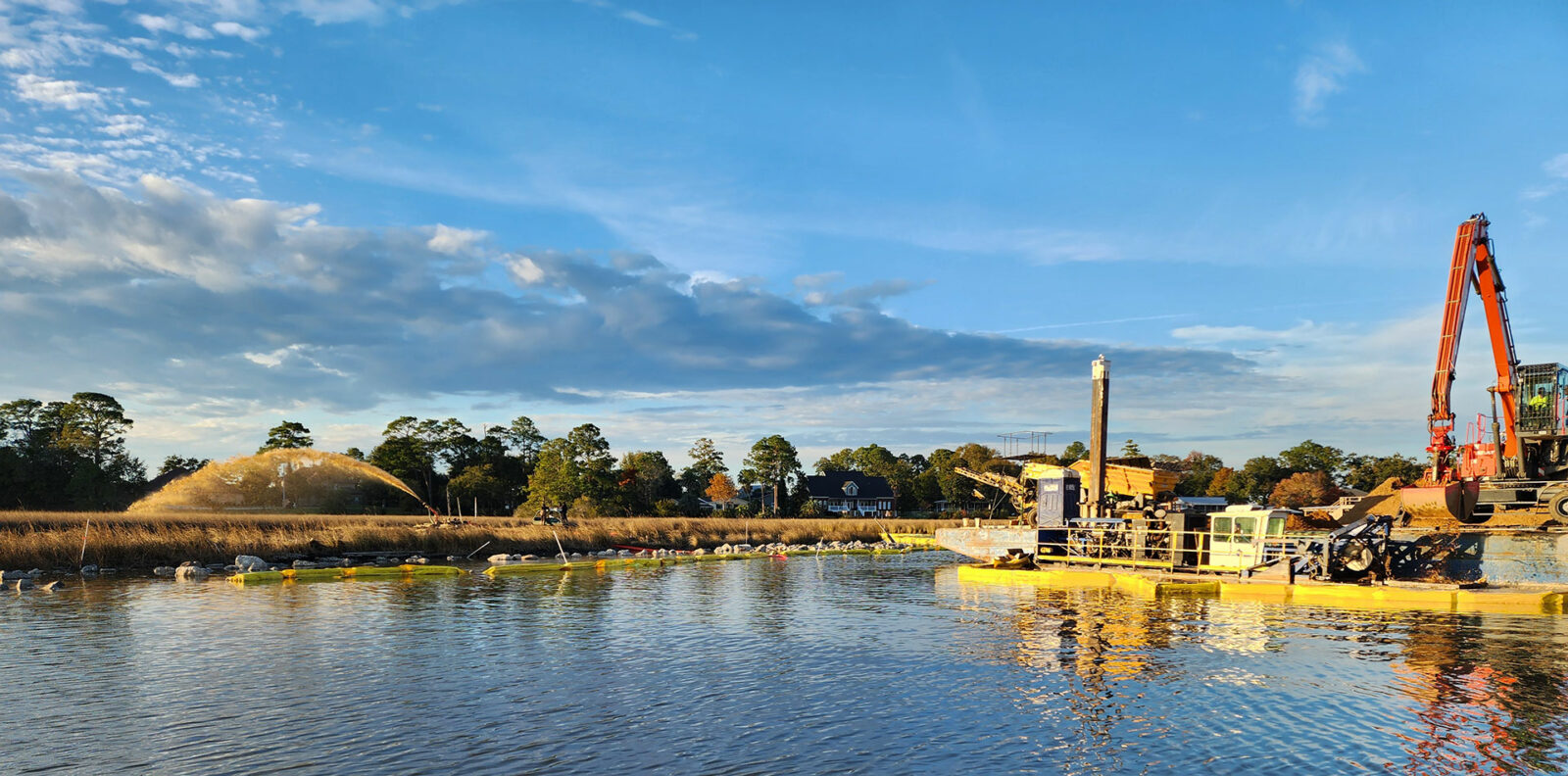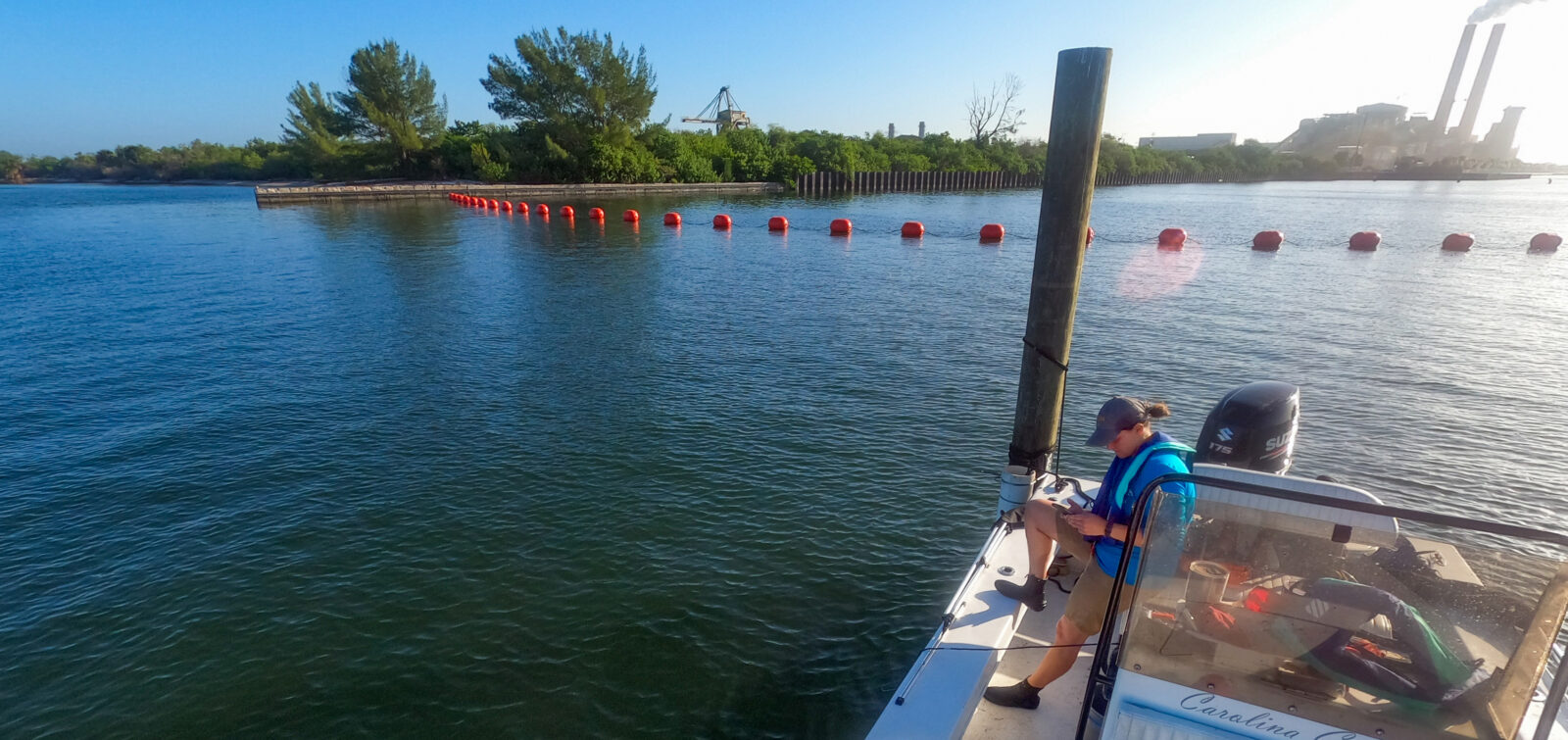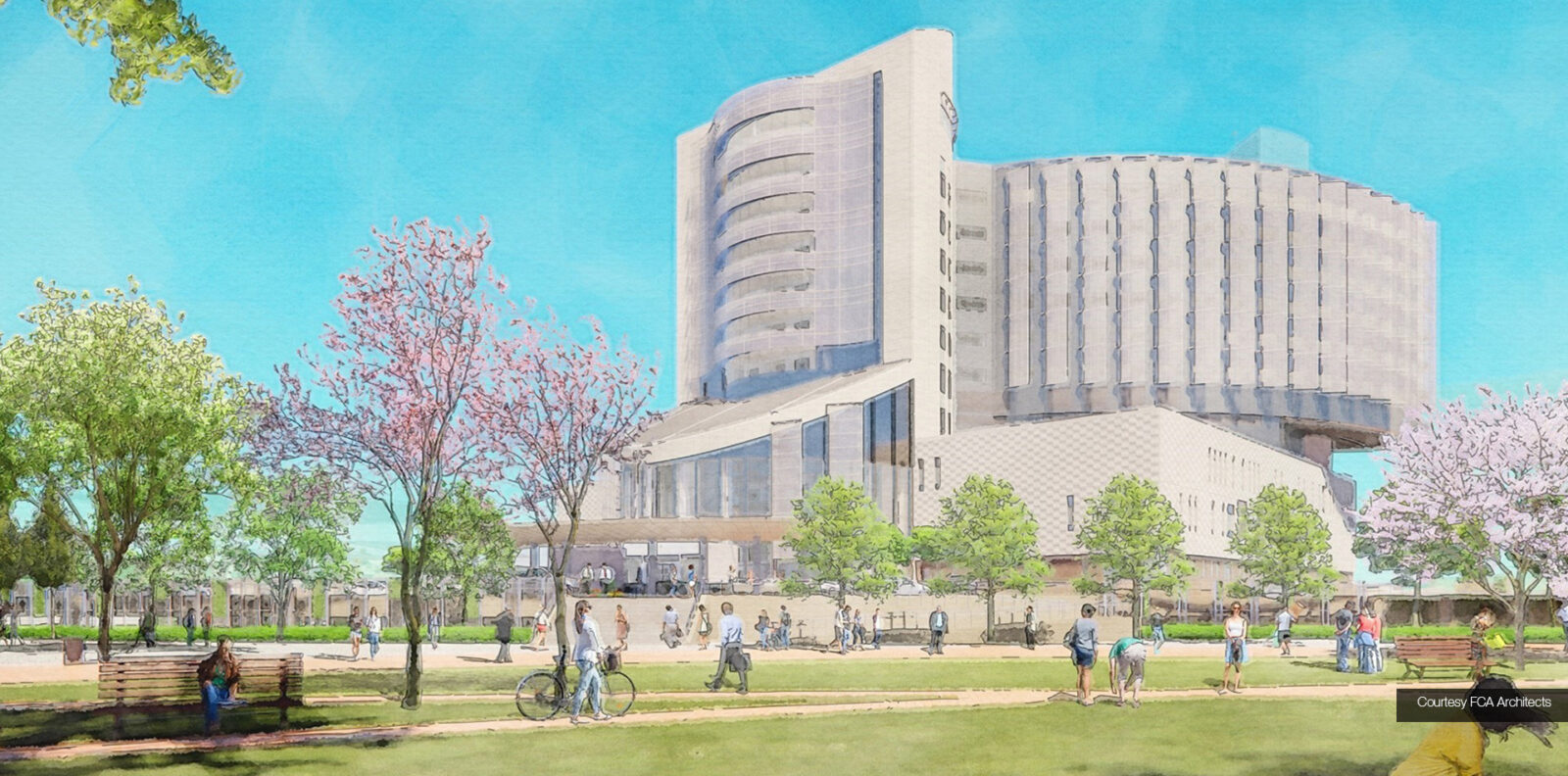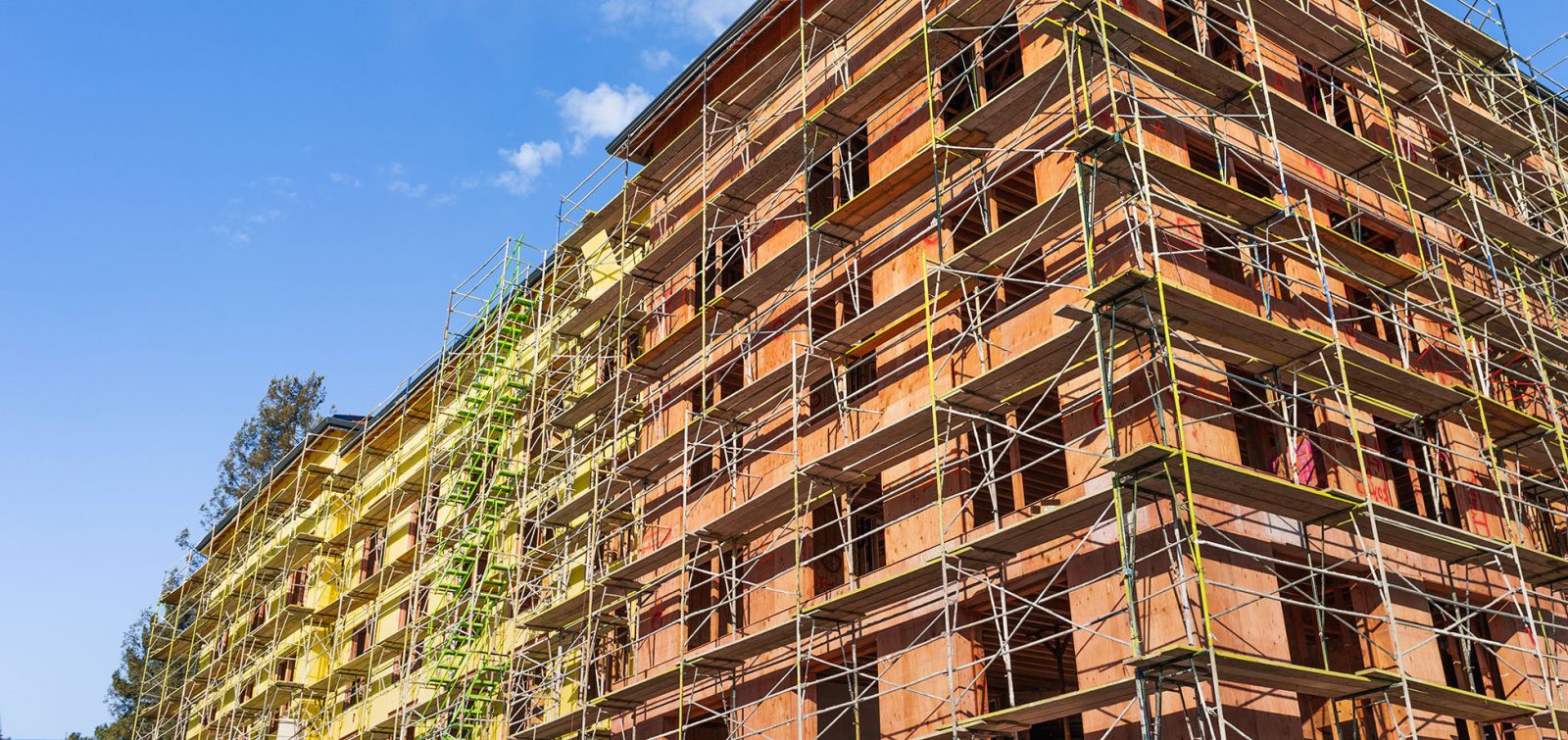Arenas are, for lack of a better word, large. Not only can they take up a good deal of real estate, but they also can impact the surrounding community because of the sheer number of people they bring together in one space. Increased traffic during events causes bottlenecks and parking issues. Noise and lights from events impact the people who live and work nearby. Through considerate and well-thought-out design, there are ways arena developers and owners can take the community into account to address those concerns throughout the construction or renovation of the arena and in the final design. These concerns revolve around the simple principle of being a good neighbor.
ESA’s work on Seattle’s Climate Pledge Arena showcases the ways that we can assist any arena developer who seeks to be a good neighbor. Self-described as the “most progressive, responsible, and sustainable arena in the world,” the Climate Pledge Arena development set a high bar for standards of sustainability, given the lofty goal of reaching net zero carbon emissions by 2040 (10 years earlier than the Paris Climate Agreement Goals). This sustainable mission focuses on the needs and values of the community in which the arena sits.
While some states, like Washington, require certain environmental impact assessments through the State Environmental Policy Act (SEPA), that isn’t the case everywhere. But what ESA offers to clients, regardless of the state or federal regulatory environment, is a blueprint for what to consider when you not only want to create a state-of-the-art arena, but you also want the project to serve the community in the best way possible. The Climate Pledge Arena certainly had to meet SEPA requirements, but they also set their own higher standards of sustainability, which shows that how an arena is planned and designed doesn’t need to be driven by the bare minimum of local and regional standards. Rather, a project can do more, and we can do that by using the focus on being a good neighbor and a community member through conscientious design.
Here are some of the ways ESA brought that perspective to the Climate Pledge Arena environmental assessment.
Historical Significance
The Climate Pledge Arena is a unique and important building in an equally unique and important part of Seattle. The 740,000-square-foot building, located in Downtown Seattle, sits within the Seattle Center complex where the 1962 World’s Fair was held. (You might also know its other iconic counterpart that sits nearby—the Space Needle.)
The historical significance of the building is tied to the roof, which is both visually interesting and architecturally important. Designed back in 1962 and built for the World’s Fair, in a futuristic hyperbolic paraboloid shape (or, in layman’s terms, “saddle-shaped”), the roof represented—from the mid-20th century perspective—what 21st century architecture might be. From a narrow high point at the center, the sleek metal roof slopes dramatically on either side. The lack of interior roof supports made it architecturally unique—the roof was instead supported by four 11-story-high concrete abutments. In addition to the historical significance and the brilliant architectural design, the visual importance of the roofline to the Seattle skyline also led to the roof being designated as historic. And in the case of restoration, this also meant that the roof had to stay.

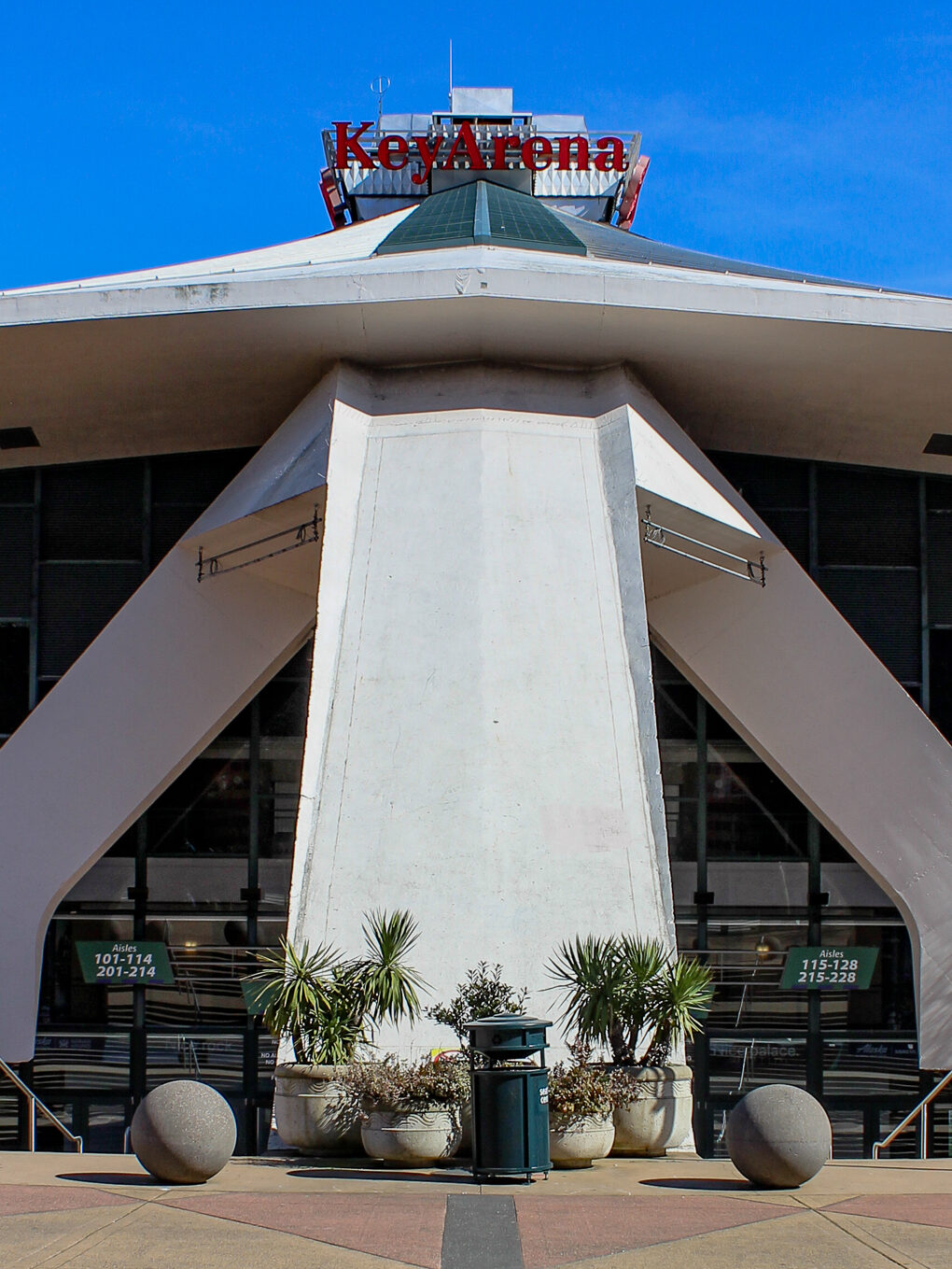
“We understand the regulations at the local level,” says Molly Adolfson, ESA’s project manager for The Climate Pledge Arena. “We provided information and perspective that would facilitate that historic preservation.” With that, ESA conducted a visual assessment from different vantage points around the area to make sure the visual appeal of the roof would be maintained from current viewpoints.
Lighting
The historic preservation in retaining the roof was one priority in terms of aesthetics, but the other was lightning, particularly at night. The project would involve a new lit sign and a large, bright marquee. The concerns around lighting were particularly important for the densely populated residential neighborhood, including dwellings right across the street.
People who live in the neighborhood had a number of concerns and were engaged in conversations with the City, which oversaw the renovation, and the project developer, Oak View Group (OVG). These conversations with the community led to recommendations for mitigation that would reduce impacts to neighbors while also maintaining the essential purpose of the arena. Among many things, the residents in those buildings were worried that lights would be shining into their windows late into the evenings on event days. Lighting is regulated by the City, so ESA laid the groundwork for solutions that would comply with those regulations and reduce the neighbors’ concerns.
Noise and Vibration
Another major issue that ESA evaluated in the Environmental Impact Statement was noise and vibration, both during and after the renovation. This was a concern for residential neighbors, of course, but it was also very important to businesses nearby.
In fact, the edge of the construction zone for the arena was extremely close to a nationally recognized alternative music radio station, KEXP, which hosts live shows in its studio in addition to its regular music broadcasting. They were especially concerned that the frequent noise and vibration, particularly during construction, would disrupt their broadcasting.
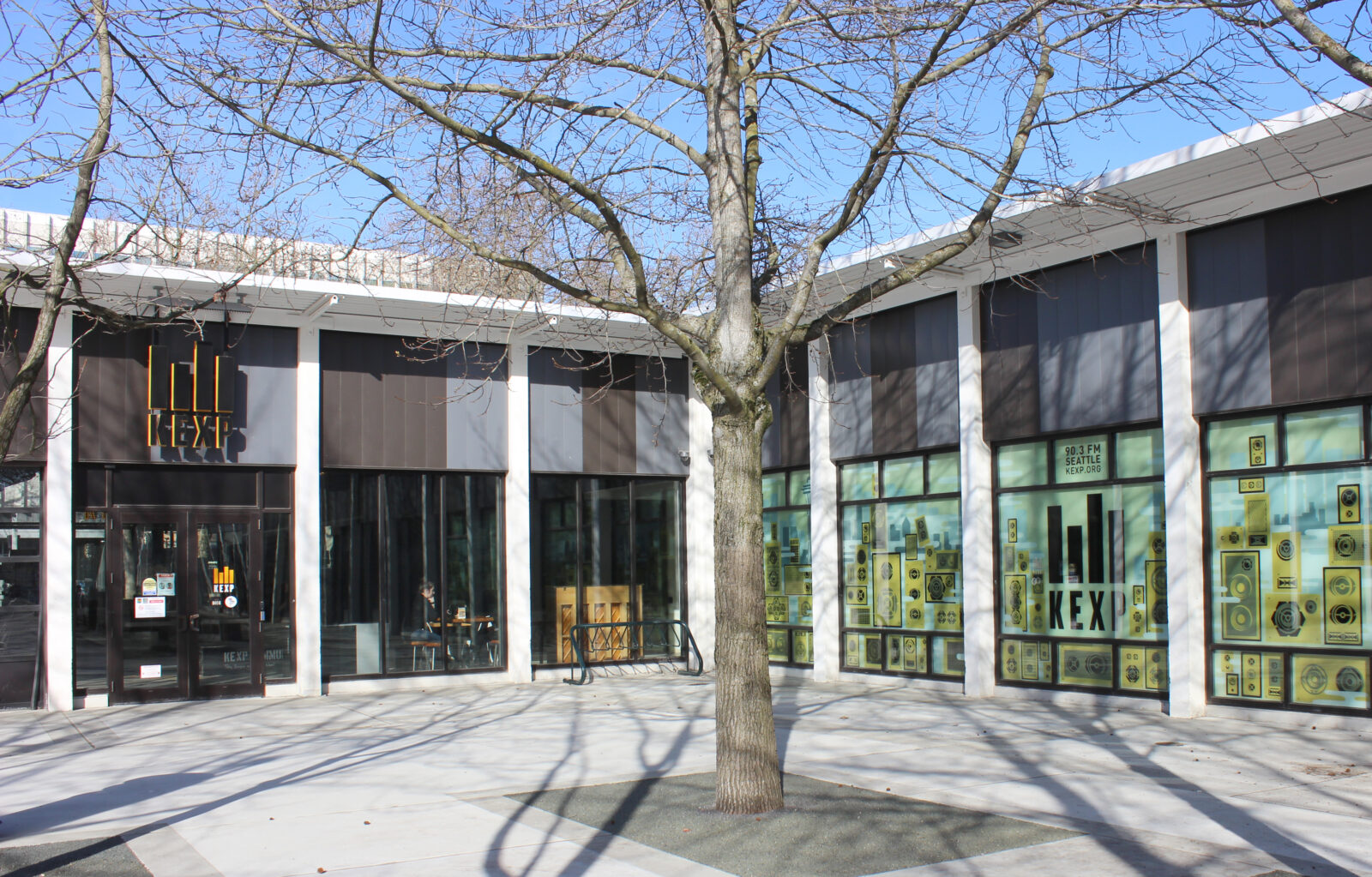
ESA met with KEXP staff and DJs to talk about their concerns and monitor noise levels within their studios. In close partnership with the station, solutions were developed—in some cases involving relocation of DJs within the building during some broadcast hours. The same approach was taken to working with other non-profit organizations, including those focused on the arts and youth sports.
Traffic
The other major community concern was traffic. We all know the real-life frustration of being stuck in a traffic jam trying to leave an event parking structure. But for people who live nearby, those traffic jams can become a regular occurrence that affects day-to-day life.
Major traffic jams, though, aren’t inevitable even with an arena placed in a high-density residential neighborhood. That’s why ESA invited partners Fehr and Peers, who specialize in community-focused transportation planning and design, to propose solutions that create a positive arena visitor experience and mitigated transportation and traffic impacts in the surrounding neighborhood.
“We worked to ensure the comments and concerns from the community were responded to and incorporated into the evaluation,” says Adolfson. From there, Fehr and Peers identified a variety of solutions to address the potential challenges from multiple ways, including proposing parking garage designs that were efficient at getting people in and out of the structure, identifying a specific rideshare load zone to avoid cars stopping in the middle of the street during peak traffic hours, and promoting monorail use between the Downtown station and the arena.
Being a Good Neighbor
While many of these solutions were mandated by the SEPA process, they all stem from the principles of being a good neighbor. By listening to the surrounding community and incorporating measures to mitigate impacts, large-scale event spaces like Seattle’s Climate Pledge Arena can be a beacon of local culture and vibrancy. When neighbors feel that their day-to-day well-being is being preserved, then the arena will be living up to this ideal.
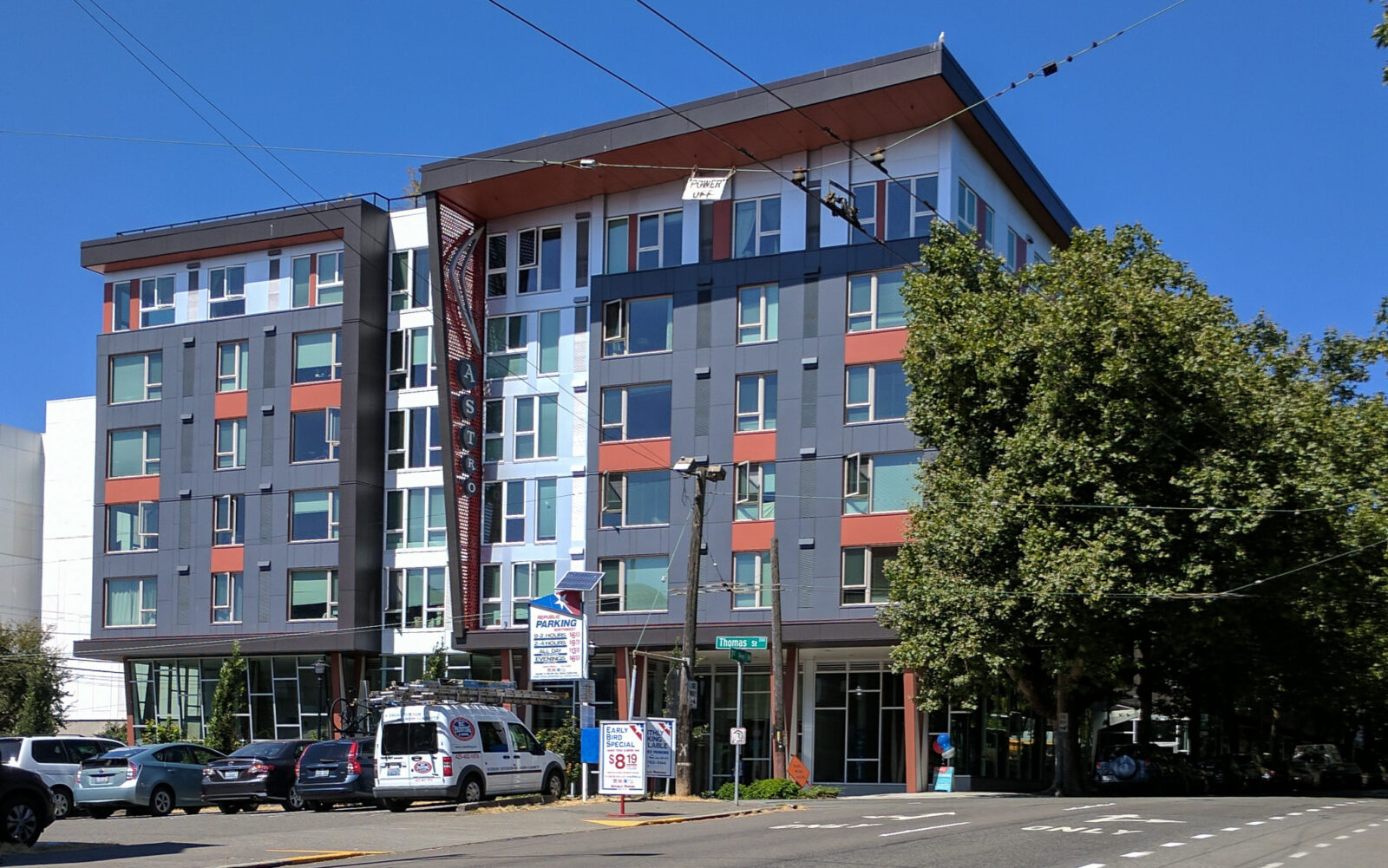
Developers can do their own part to take the necessary steps to be a part of the community. In the case of the Seattle Pledge Arena, there was a clear win-win. The community was listened to, heard, and solutions were created with them in mind. And because of community buy-in, the entire process was completed within a remarkably short period, and soon thereafter a new NHL franchise was introduced as the key tenant in the building.
Adolfson says of the project, “It benefits not just the ticket holders for the local NHL team, the Kraken, but also the surrounding neighborhoods with their restaurants and bars and small businesses.” She emphasizes that you can only do that with the community in mind: “I think it’s really important to go in and talk to community members and incorporate their concerns into the overall process and project because it just results in much more of a community asset.”
Click here to learn more about our work on the Climate Pledge Arena project or read more about our ongoing work being a better neighbor in this arena brochure.
